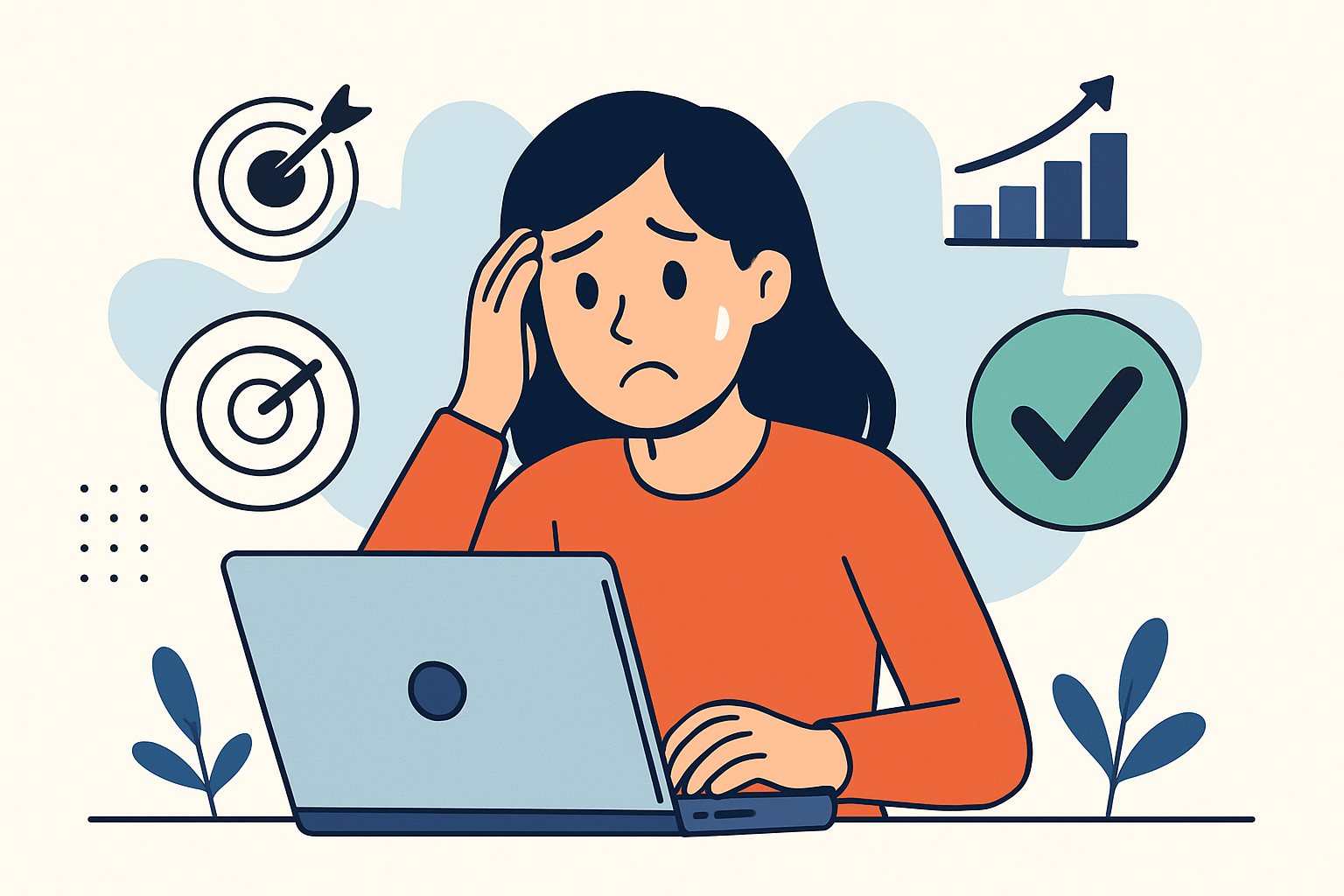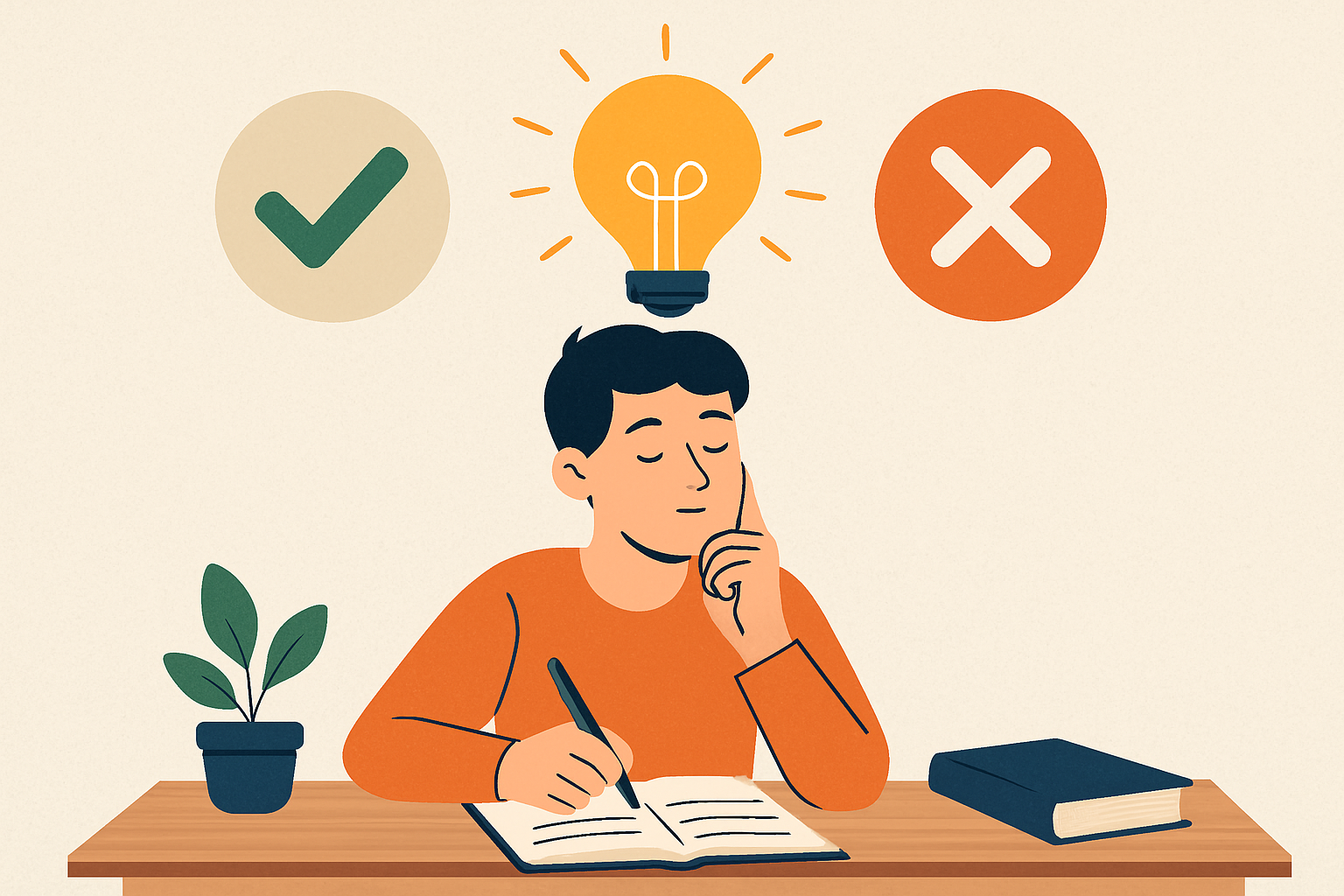
Think about group projects, student clubs, or even splitting chores with roommates. A popular idea says people won’t help unless someone forces them. But Elinor Ostrom shows that real life doesn’t work that way. In simple lab games where people can chip in to a shared pot, many still give something—often almost half—especially at the start. We also tend to give more when we believe others will reciprocate. That’s a big clue: trust and expectations matter.
What really boosts cooperation is talking face-to-face and being able to call out obvious free-riding. When people can look each other in the eye, they are more likely to plan, make promises, and keep them than when they only type. And when groups are allowed to nudge rule-breakers—even lightly at first—most folks stay on track. Think of a club where everyone agrees on small, fair consequences for skipping set-up duty, starting with a reminder, not a fine. That mix of conversation, plus gentle yet escalating sanctions, keeps things fair without turning the vibe hostile.
Ostrom also explains why some community rules work for years. Strong groups set clear boundaries (who’s in, who’s out), tailor rules to local realities, involve most members in making those rules, and choose their own monitors. They use light penalties first and settle disputes quickly and nearby, so misunderstandings don’t poison trust. Even bigger efforts—such as campus organizations or neighborhood projects—work better when small circles are nested within larger ones, each handling what it knows best. If you’ve ever seen a student association with committees that set their own schedules and budgets, you’ve seen this logic in action.
Here’s the practical takeaway for everyday life: start with a small, motivated core, make membership and expectations clear, co-create simple rules that feel fair, and agree on friendly, step-by-step consequences. Talk in person when you can. Keep a quick way to resolve small conflicts before they grow. And don’t always wait for outside authorities to fix things; sometimes top-down controls can actually weaken the helpful habits you’re trying to build. Begin locally, build trust, and let good norms take hold. That’s how classmates, neighbors, and teams turn “we should” into “we did.”
Reference:
Ostrom, E. (2000). Collective Action and the Evolution of Social Norms. Journal of Economic Perspectives, 14(3), 7–158. https://about.jstor.org/terms
Privacy Notice & Disclaimer:
This blog provides simplified educational science content, created with the assistance of both humans and AI. It may omit technical details, is provided “as is,” and does not collect personal data beyond basic anonymous analytics. For full details, please see our Privacy Notice and Disclaimer. Read About This Blog & Attribution Note for AI-Generated Content to know more about this blog project.



